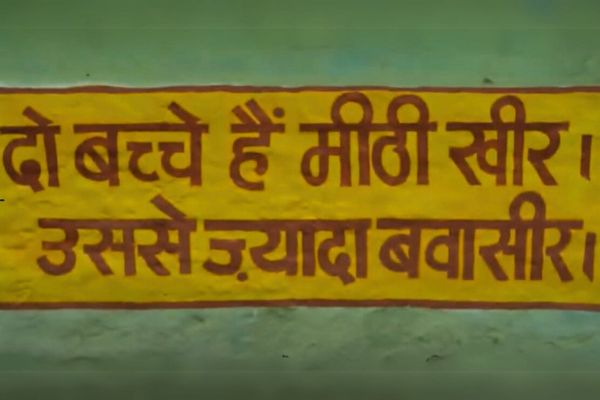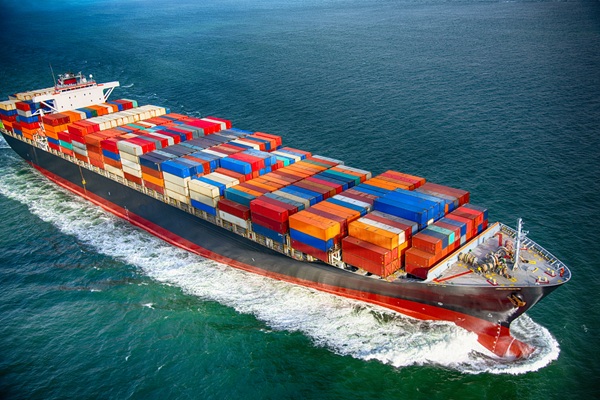.png)

Groupthink is the House View of BasisPoint’s in-house columnists.
March 25, 2025 at 8:57 AM IST
The show of strength in Chennai by opposition parties on delimitation on Saturday may have been a political theatre, but the concerns expressed at the meeting were valid and will test the cohesiveness of India’s federal polity. For the past five decades, the governments at the Centre have kept the delimitation frozen at 1971 Census to avoid upsetting the applecart.
Now with the 25-year freeze on delimitation coming to an end in 2026, some states, especially from the south, have upped the ante. Saturday’s meeting, which was attended by chief ministers of Tamil Nadu, Kerala, Telangana, and Punjab and the deputy chief minister of Karnataka, demanded that freeze on the total number of Lok Sabha seats be extended for another 25 years.
The limit on the total number of seats in the Lok Sabha is defined in the Constitution of India. It stipulates that the number of seats should be allocated in such a way that the ratio between seats and the population of each state is, as far as practicable, the same across all states. It also states that the allocation of seats should be readjusted after the completion of every Census.
However, readjustment was stopped with the government under Indira Gandhi amending the Constitution to freeze the delimitation for 25 years during the Emergency in 1976 and the Atal Behari Vajpayee government extending it for another 25 years in 2002. Since there was no decennial Census in 2021 due to Covid-19 pandemic, the freeze could be extended till the next Census.
Delimitation basically means the process of fixing limits or boundaries for legislative constituencies. Since Independence, India has had delimitation exercises four times: in 1952, 1962, 1973 and 2002. While the first three increased the number of constituencies, the fourth one redrew constituencies within states based on the 2001 Census without changing the total number of seats. Currently, the total number of elected seats to the Lok Sabha is fixed at 543.
Great Chasm
The issue is as much demographic as it is political and regional. States that stand to gain from the reallocation of seats are mostly governed by the Bharatiya Janata Party, while states that will lose out are predominantly ruled by the opposition parties. Also the states that will be most affected by delimitation are southern states, as well as some states in eastern India. These states have made significant progress in reducing their population compared to their northern counterparts.
According to the Sample Registration System, the total fertility rate in south Indian states has fallen sharply below the replacement rate of 2.1, while they range between 2.5 and 3.1 in Uttar Pradesh, Rajasthan Madhya Pradesh and Bihar.
Any reallocation of seats based on population would be penalising states that have made progress in reducing population growth.
According to a study by Carnegie Endowment for International Peace, Tamil Nadu, Andhra Pradesh, Telangana, Kerala and Karnataka would lose 26 seats, while Uttar Pradesh, Bihar, Rajasthan, and Madhya Pradesh would gain 31 seats if seats are re-allocated based on 2026 population, keeping the total number of seats unchanged.
Attempts to change the balance will be seen as weakening the performing states. As Tamil Nadu Chief Minister M.K. Stalin said on Saturday, “It is about our power, our rights, and the interests of our future.”
It is not just political power at stake, the financial repercussions are also significant. Southern states are already losing out on devolution, as the recommendations of the 15th Finance Commission are based on the 2011 Census, unlike the previous nine reports which used 1971 population data.
If left unresolved, this issue could lead to regressive tendencies. There are already signs of it with Andhra Pradesh Chief Minister N. Chandrababu Naidu proposing a law to incentivise families with more than two children. Such short-term measures can undo the progress India has made toward achieving social development goals.
Home Minister Amit Shah has assured that no seats will be reduced pro-rata in southern states. “Whatever increase is there, southern states will get a fair share, there is no reason to doubt that,” Shah stated while addressing BJP workers in Tamil Nadu in February.
However, this is easier said than done.
Freezing the delimitation for another 25 years will be only postponing the problem. With India’s population projected to rise till 2060, delimitation will be a bigger problem in 2051 when the 25-year freeze ends.
According to the Carnegie Endowment study, if no state is to lose representation, as Amit Shah suggested, the total number of Lok Sabha would increase up to 848. This would raise Uttar Pradesh’s representation from 81 seats to 143, while southern states’ would either see marginal increase or no change. This will, however, shift the balance of power heavily in favour states that have underperformed in controlling population.
There are no simple solutions on offer. One solution could be permanently freezing the total number of seats based on a cut-off Census. But that needs political consensus and sagacity. Any solution that appears to favour one region over another will lead to fissiparous tendencies. With no political consensus the government may take the easy way out and freeze for another 25 years. But that would be kicking the can down the road and let our children solve the problem.




